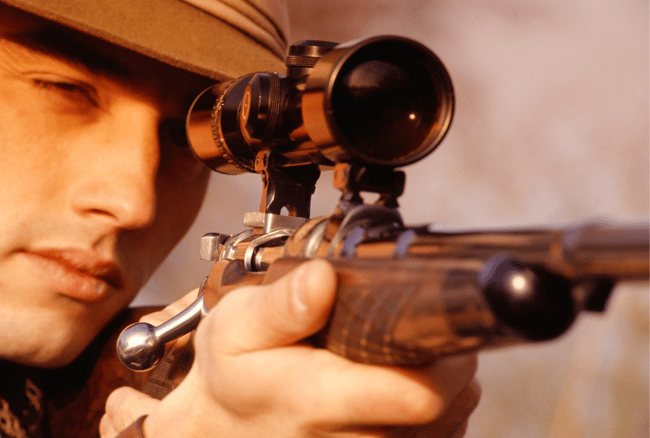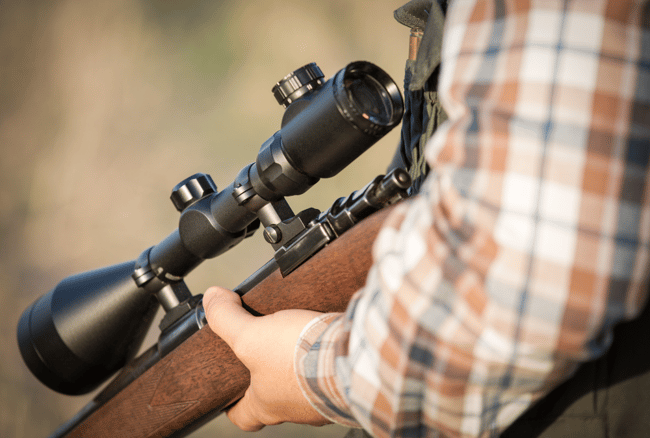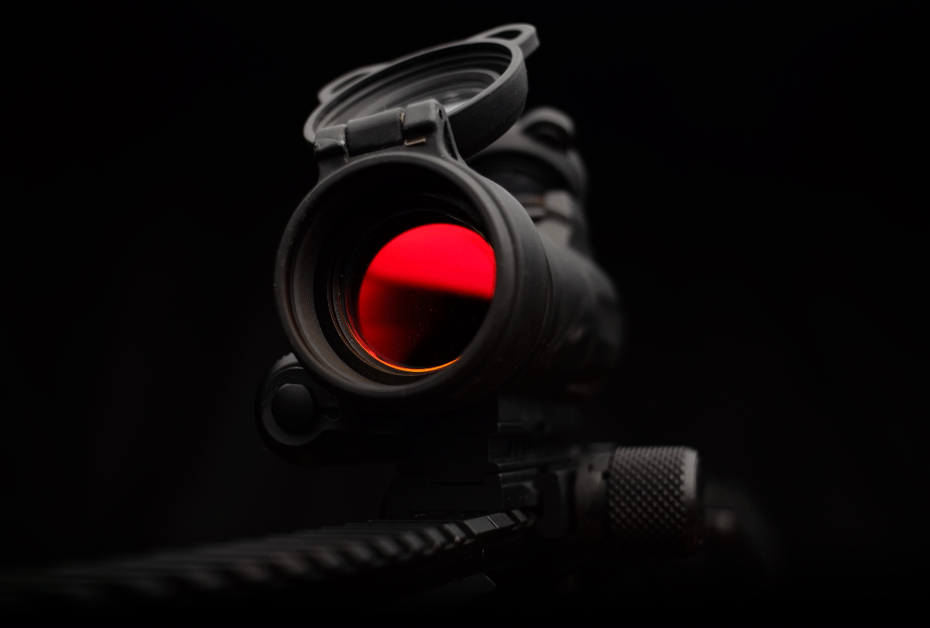A Hot Topic for Firearms Optics: Thermal Stability
Unless you’re Wyatt Earp gunslinging against outlaws at the O.K. Corral, chances are you are a modern marksman either hunting, target-shooting, or the like and use an optic accessory for your firearm. Optics for modern firearms, such as scopes and red dot sights, are essential for accuracy and precision in shooting. But before anybody starts firing off rounds, accuracy and precision must be considered in the design of the product. One crucial factor to consider when designing firearm optics and accessories is thermal stability, as changes in temperature can affect the performance of these optics and ultimately impact the effectiveness of the firearm.
Thermal Stability & CTE
Thermal stability refers to the ability of a material to maintain its physical and mechanical properties over a range of temperatures. In the context of firearm optics, this is especially important because these devices are exposed to a wide range of temperatures in the field. They may be used in cold, snowy environments one day and in hot, dry desert conditions the next. The materials used to make these optics must be able to withstand these temperature fluctuations without becoming brittle, deforming, or otherwise losing their performance capabilities.
A material’s coefficient of thermal expansion (CTE) defines how the material expands and contracts under temperature variation. In order to effectively design a product, engineers must consider both the operating and non-operating conditions of the system. When a product is designed to be used at normal human conditions – room temperature, more or less – minor differences in temperature variation have minimal effect (unless one of the materials has an exceedingly high CTE). The misstep with this type of design thinking is not considering the non-operating conditions. Products typically need to be shipped, usually by plane, truck, or some combination, which means that the product could be subjected to temperatures of -60°F while in the cargo compartment of a plane and up to +140°F inside a shipping container traveling across the western US in the summer. That’s a 200-degree difference, which can be very difficult to design with if materials in the assembly are dissimilar in their CTE.

Some items only have CTE challenges when it comes to the assembly itself. When combining metal components with plastic components, in general, plastics will have a higher CTE than metallics. For example, a simple polycarbonate will have a CTE around 60 µL/L-°F. This means that for every inch of length (or other dimension), for every 100-degree change, it will have a total movement span of 0.006 inches, or a total of 0.012 inches in the transport example above. If it is assembled with an aluminum part, CTE ~13 µL/L-°F, resulting in a total movement span of 0.002 inches, each part needs to be toleranced differently to allow for this difference in movement. This may lead to assemblies that rattle if loosely designed or, if the tolerances are held too tightly, assemblies that likely interfere and damage one or more of the components.
Focusing on the Right Material
The materials used in optics applications must be able to withstand extreme temperature changes and maintain their structural integrity under these conditions. One way to ensure thermal stability in optics is to carefully select the materials used in their construction. Both metals and polymers can be used in optics, but they have different properties that make them suitable for different applications.
Metals, such as aluminum and steel, are a popular choice for firearm optics because they are strong and durable. They are known for their high thermal conductivity, which allows them to dissipate heat quickly and can be beneficial in optics that generate a lot of heat, such as those used on fully automatic firearms. However, many metals have a high CTE, which means that they expand significantly when heated and contract when cooled. This can cause problems with optics that use metal components because the expansion and contraction of these components can lead to misalignment and distortion of the image viewed through the optics.

Engineered polymers, on the other hand, have a lower CTE and are less prone to expansion and contraction with temperature changes. As a result, polymer-based optics tend to be more stable under extreme temperature conditions, making them more suitable for optics that require high precision, such as those used for long-range shooting. Engineered polymers also have the advantage of being lighter in weight than metals, which can be beneficial for firearms that are carried for long periods of time. Despite the benefits of engineered polymers, they do have some limitations in optics applications. For instance, polymers have a lower thermal conductivity than metals, which means that they are not as effective at dissipating heat. This can be a problem for optics in firearm assemblies that generate a lot of heat, as the polymer may not be able to withstand the high temperatures. In addition, engineered polymers are not as strong as metals and may be more prone to breaking or cracking under the stress of recoil.
A Clear Solution
One way to overcome the limitations of both metals and polymers is to use a material that has a CTE similar to the glass used in the optics. A material with a CTE that is similar to glass, CTE 5 µL/L-°F, will expand and contract at a similar rate, which can help to maintain the alignment of the optics. This is especially important in optics that are used for long-range shooting, where small misalignments can have a significant impact on accuracy.
High precision will require maintaining the positioning of the lens with respect to the source and the target. Movement of the lens fore and aft will affect the focal length and the field of view resulting in less focus or an altered view. Movement of the lens out of alignment with the source and target will affect the accuracy of the system. If tight tolerances are required, the expansion and contraction of the housing may damage (shrinkage) or loosen (expansion) the lens also. High-precision optics (cameras, sensors, laser systems) all rely on highly accurate and tightly controlled positioning of lens systems to function repeatably every time.

While not as significant as the CTE difference between aluminum and polycarbonate, the difference between glass and aluminum (CTE ~13 µL/L-°F) is still significant depending on the use case. HX5®, however, has a much more similar CTE of 2.1 µL/L-°F. A multi-scale reinforced polymer from Alpine Advanced Materials, HX5 combines the best of both the metallic and plastic worlds – with similar strength to that of 6061-T6 aluminum but a low relative mass as a polymer, HX5 was formulated to replace metals where extreme endurance, weight and performance matter. Its similar CTE to that of glass means that neither material would be affected by normal fluctuations in temperature, and only if they were subjected to extreme high or low temperatures, both materials would behave similarly. Additionally, HX5’s non-outgassing properties mitigate any possible fogging from changes in the environment, and its high tensile and compressive strength, abrasion-resistance and non-corrosive properties give it that extra boost as an attractive material option for firearm accessories such as sights and optics.
Ready – Aim – Fire
Thermal stability is an important consideration in the design of firearms optics. Although both metals and polymers can be used in optics, each has its own set of advantages and limitations. Using a material like HX5 with a CTE similar to the glass used in the optics can help to maintain the alignment and improve the overall performance of the firearm. It is important to carefully consider the role of thermal stability and material selection in the design of optics to ensure that they meet the needs of the application.




.png?height=383&name=Blog%20Photos%20(10).png)
-1.png?height=383&name=Blog%20Photos%20(6)-1.png)
